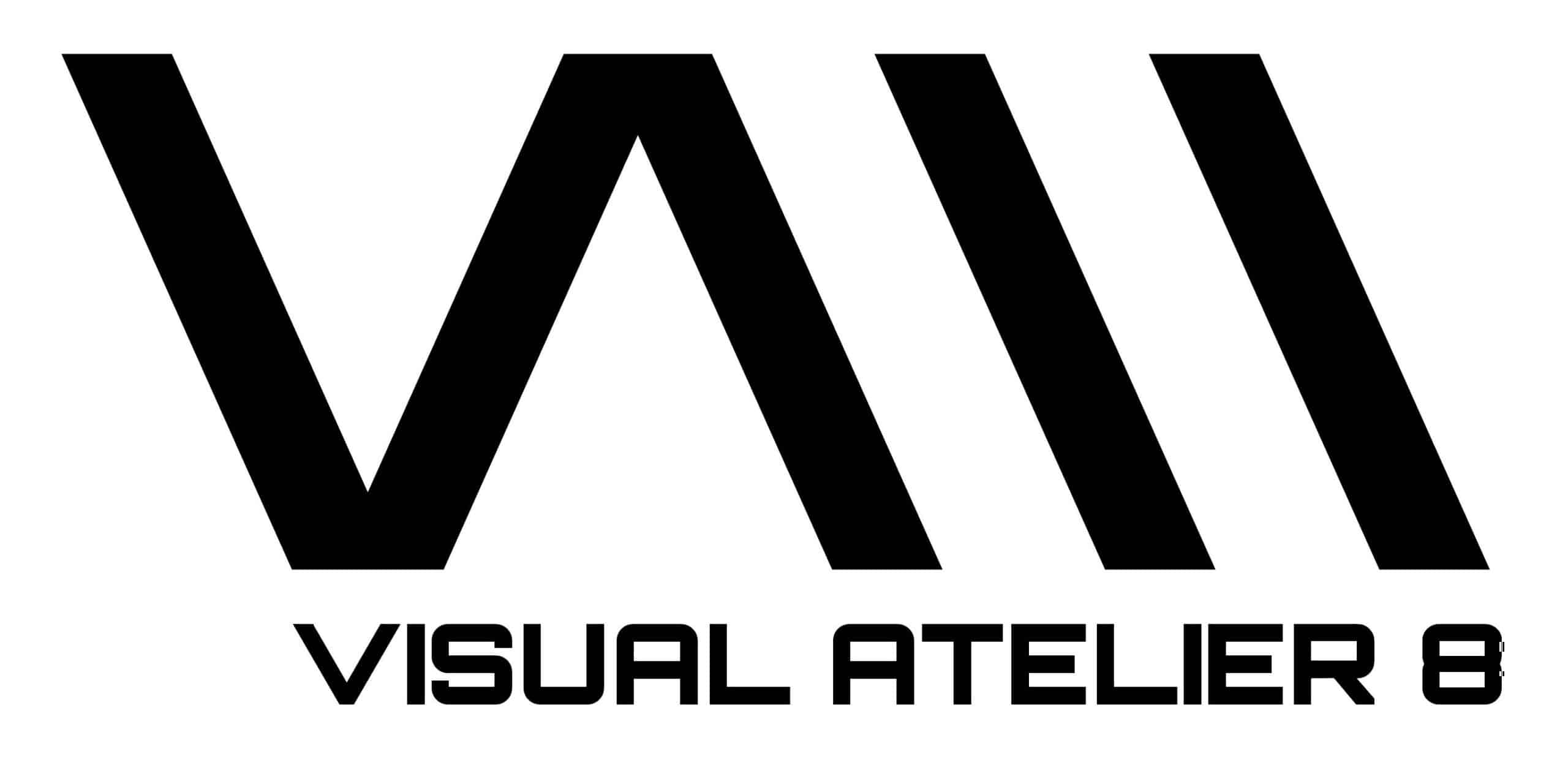
Ghosts in the Garden, the debut exhibition of Korean painter Jaeheon Lee
Management is pleased to present Ghosts in the Garden, the debut exhibition of Korean painter Jaeheon Lee. This collection delves deeply into the interplay between tradition and modernity, drawing attention to cultural disconnection and the complexities of identity in a rapidly evolving world. Lee’s enigmatic works are marked by hollow, blue-green gazes and figures dressed in decorative costumes, embodying the tension between fleeting presence and historical continuity.
Jaeheon Lee’s approach centers on figurative painting, a genre that faced marginalization in Korea during the 20th century. Following the country’s liberation from Japanese colonial rule, artists sought to break from figuration, which was associated with the past, and embraced abstraction as a marker of progress and modernity. This shift left figurative painting as a faint dialogue within Korea’s artistic trajectory. Against this backdrop, Lee’s work seeks to reclaim figuration, exploring how to imbue it with a sense of “Koreanness” while engaging with the visual language of Western art traditions.


His paintings reflect a deep concern with the fragmented timeline of Korea’s artistic history. In works like Figure in a Garden, vibrant gardens rendered in rough, textured strokes contrast with the delicate, transient faces of his figures, creating a visual dialogue between permanence and impermanence. This duality mirrors Lee’s contemplation of how to reconcile Korea’s past with its present. By integrating traditional and contemporary elements, he bridges the gap between historical rupture and contemporary cultural expression.
Jaeheon Lee’s fascination with idols—a central theme in his work—offers a nuanced commentary on modern Korean identity. Idols, embodying both perfection and fragility, serve as a metaphor for “Koreanness” in its most visible form. While they are celebrated globally for their glamor and talent, they also reveal the societal pressures and implicit politics of popular culture. This duality resonates in Lee’s art, where the dazzling, multilayered backgrounds stand in stark contrast to the void-like quality of the figures. These figures, repeatedly consumed and redrawn, reflect the fleeting and often numbing nature of contemporary cultural production.


Drawing from Mark Fisher’s concept of hauntology, Jaeheon Lee examines how nostalgia permeates global pop culture. In an era where cultural reproduction increasingly relies on the past, his paintings highlight the tension between digital connectivity and the slow evolution of cultural innovation. The voids in his work symbolize not only a Korean phenomenon but a universal one: the erasure and reconstruction of identity in a fast-paced, consumption-driven world.
Yet, Lee’s voids are not empty spaces of despair. Through his deeply introspective brushstrokes, he transforms these voids into sites of reflection and renewal. His art seeks to reconstruct the severed connections of time, offering a bridge between Korea’s rich artistic heritage and its dynamic present. By deconstructing historical and psychological gaps, Lee’s work emerges as a poignant meditation on hope, resilience, and the pursuit of meaning in an uncertain era.

All images courtesy of the artist and Management, shared with permission

